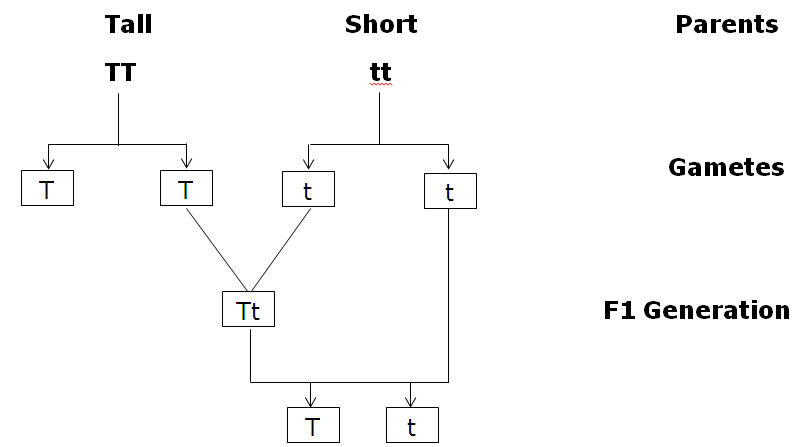Biology:2014:CBSE:[DELHI]:Set-II
To Access the full content, Please Purchase
-
Q1
Write the name of the organism that is referred to as “Terror of Bengal”.
Marks:1View AnswerAnswer:
Water hyacinth (Eichhornia crassipes) is referred to as “Terror of Bengal”.
-
Q2
What are “true breeding lines” that are used to study inheritance pattern of traits in plants?
Marks:1View AnswerAnswer:
True breeding lines are a group of genetically identical homozygous organisms that produce offspring with stable traits for several generation on intercrossing.
-
Q3
Name any two types of cells which act as “cellular barriers” to provide innate immunity in humans.
Marks:1View AnswerAnswer:
(i) Polymorphic-nuclear leukocytes and monocytes
(ii) Macrophages
-
Q4
Name the two intermediate hosts which the human liver fluke depends on to complete its life cycle so as to facilitate parasitisation of its primary host.
Marks:1View AnswerAnswer:
Fresh water snail and fish are the two intermediate hosts which the human liver fluke depends on to complete its life cycle so as to facilitate parasitisation of its primary host.
-
Q5
How is stratification represented in a forest ecosystem?
Marks:1View AnswerAnswer:
Stratification is the vertical distribution of different species occupying different levels. In a forest, trees occupy top vertical strata or layer of a forest, shrubs the second and herbs and grasses occupy the bottom layers.
-
Q6
Give an example of an organism that enters ‘diapause’ and why.
Marks:1View AnswerAnswer:
Zooplanktons enter diapauses, i.e., they undergo a period of suspended development to overcome unfavourable conditions.
-
Q7
Mention how does DNA polymorphism arise in a population.
Marks:1View AnswerAnswer:
Inheritable mutation and genetic drift cause DNA polymorphism. Mutations that arise in non- coding sequences have no effect on the reproductive ability of an individual. These mutations accumulate generation after generation and form the basis of polymorphism.
-
Q8
State the cause of accelerated eutrophication.
Marks:1View AnswerAnswer:
Eutrophication refers to the natural aging of a lake due to the increase in the amount of nutrients in the water. Human activities such as discharge of effluents from industries and sewage from homes accelerate the aging process resulting in accelerated eutrophication.
-
Q9
Name the organic materials the exine and intine of an angiosperm pollen grains are made up of. Explain the role of exine.
Marks:2View AnswerAnswer:
The exine and intine of pollen grains of angiosperms are made up of sporopollenin and cellulose respectively.
Exine is the outer layer of a pollen grain which is made up of a highly decay-resistant chemical called sporopollenin. Sporopollenin can withstand high temperature, strong acids, alkali and even cannot be degraded by any enzymatic activity. These characteristics of sporopollenin help the pollen grains to be preserved as fossils. Absence of sporopollenin in some portions of exine of pollen grains create germ pores through which pollen tube germinates.
-
Q10
A cross was carried out between two pea plants showing the contrasting traits of height of the plant. The result of the cross showed 50% of parental characters.
(i) Work out the cross with the help of a Punnett square.
(ii) Name the type of the cross carried out.
Marks:2View AnswerAnswer:
i.


ii. Test Cross



